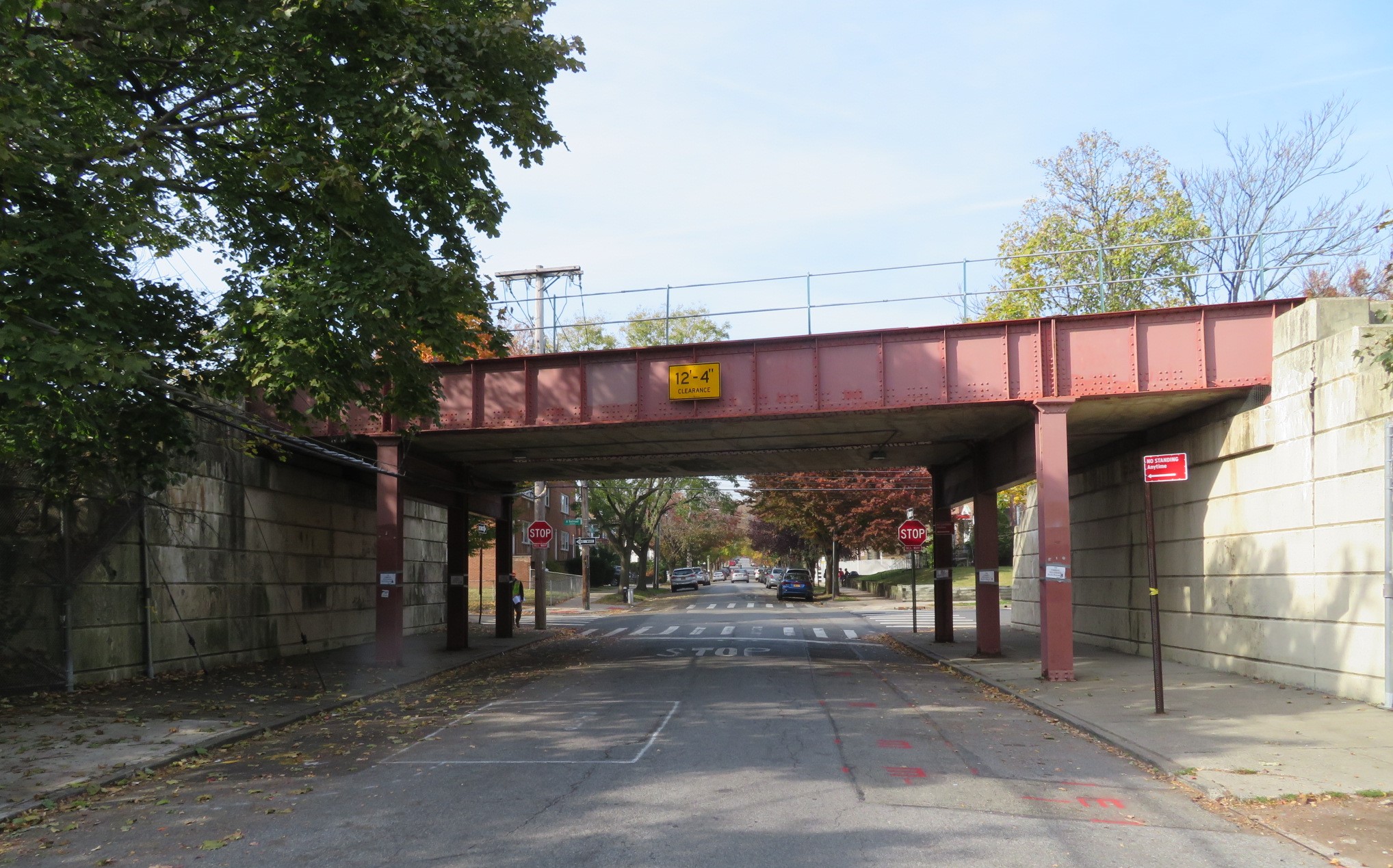
As a subconsultant, SI Engineering, P.C. (SIE) provided inspection of twenty-eight (28) bridges, nine (9) station house spans, one (1) culvert, two (2) pedestrian underpasses, two (2) tunnels, and a concrete viaduct. The structures are supporting the two (2) tracks of the Staten Island Railway (SIR) providing passenger services from Saint George Ferry Terminal to Tottenville Station in the Borough of Staten Island.
The viaduct consisted of 78 spans with a total length of 1,400 feet. Inspections focused on the structural condition, functionality, safety, and maintenance issues. Work involved a detailed condition rating of all components, updating the inventory, including inspection access, debris, use, and electrical survey. Railroad bridge inspection included load-rating analysis to determine whether the load carrying capacity of bridge components had changed. Work involved in-depth inspections on an “as-needed” basis to assist in the development of bridge rehabilitation design and in-depth inspection of concrete elements for their soundness and ability to sustain loads. Measurements were taken of the length, width, and depth of the cracks; areas and depth of spalls; areas of map cracking; hollow sounding concrete; efflorescence, etc. Exposed corroded rebars were measured to determine the section loss, structural steel elements and bridge bearings were also inspected and evaluated for corrosion and section loss.
When the bridge superstructure was encased in concrete, the encasement was removed at the locations of visible or suspected corrosion in order to properly evaluate the condition of the steel components. The surface of the steel was removed as required to provide inspection access. Work involved assigning condition ratings to evaluate the existing condition of the bridges with the original condition and assigning recommendation ratings to each major bridge component, such as abutments, piers, bridge superstructure, and deck, based on the rating of all elements comprising these components. Work also involved preparing detailed inspection reports, which included initial visual inspection findings, in-depth inspection findings, test results, field data on defects, photographs, charts, sketches, drawings, all safety of repair flags reports, recommendations, evaluation of the capacity, and safety of each bridge and viaduct based on the data collected.
